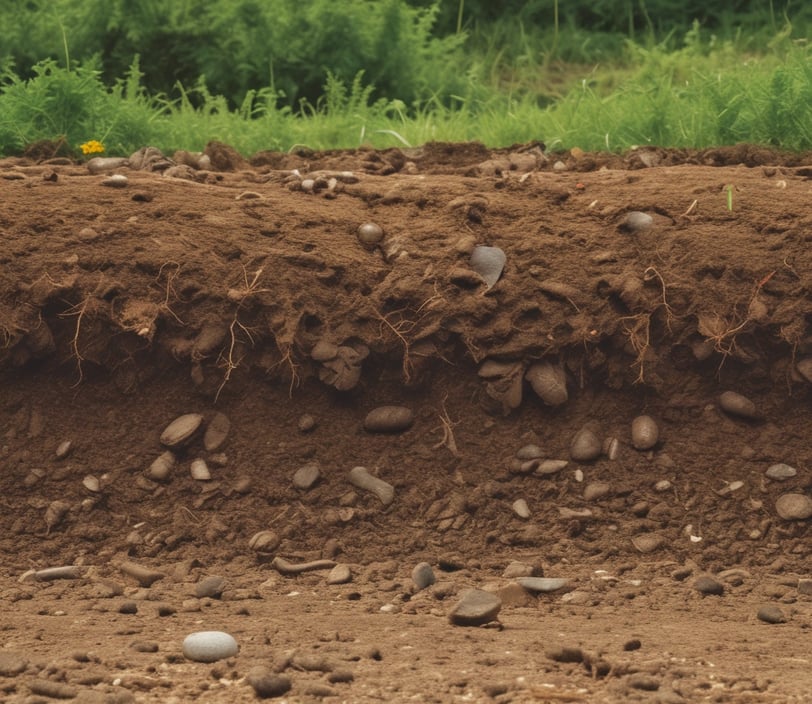Soil Health Improvement with Vermicompost
Vipin Kumar Verma
1/1/20252 min read


Soil health is the cornerstone of sustainable agriculture. Using vermicompost, a nutrient-rich organic fertilizer, can significantly enhance soil quality, structure, and fertility. By incorporating vermicompost into farming practices, farmers can restore degraded soils and promote long-term productivity. Here’s a detailed guide on how vermicompost improves soil health, the appropriate application timings, recommended doses, and critical points to consider.
Benefits of Vermicompost for Soil Health
Nutrient Enrichment: Vermicompost contains essential nutrients such as nitrogen, phosphorus, potassium, and micronutrients, which are readily available for plant uptake.
Enhanced Microbial Activity: Rich in beneficial microorganisms, vermicompost promotes microbial diversity, improving soil's biological activity.
Improved Soil Structure: The organic matter in vermicompost enhances soil aggregation, reducing compaction and improving aeration and water retention.
Increased Water-Holding Capacity: Vermicompost helps sandy soils retain moisture and prevents waterlogging in clay soils.
pH Regulation: Acts as a buffer, helping to neutralize soil acidity or alkalinity and creating a favorable environment for crops.
Reduced Dependence on Chemicals: Using vermicompost minimizes the need for synthetic fertilizers, reducing chemical buildup in the soil.
Time of Application
Pre-Planting: Incorporate vermicompost into the soil 1-2 weeks before planting. This allows nutrients to integrate into the soil and boosts microbial activity.
At Planting: Use vermicompost as a base layer or mix it with soil in planting holes to provide a nutrient-rich environment for seeds or seedlings.
Top Dressing: Apply vermicompost around the base of growing plants during critical growth stages such as flowering and fruiting.
Post-Harvest: Spread vermicompost over fields to replenish organic matter and prepare the soil for the next planting season.
Recommended Doses
Field Crops: Apply 2-3 tons per hectare pre-planting and top-dress with 0.5-1 ton per hectare during the crop cycle.
Vegetables: Use 1-2 kg per square meter before planting and 200-500 grams per plant as top dressing.
Fruit Trees: Apply 5-10 kg per tree annually, distributed in two doses: one during the growing season and one post-harvest.
Potted Plants: Mix 20-30% vermicompost with potting soil or apply 100-200 grams per plant as needed.
Points to Be Taken Care Of
Quality Check: Ensure the vermicompost is fully decomposed, free from pathogens, and contains no harmful substances.
Avoid Overuse: Excessive application can lead to nutrient imbalances and waste resources.
Storage: Store vermicompost in a cool, dry place to maintain its nutrient content and microbial activity.
Combine Wisely: When using chemical fertilizers, ensure they are blended in minimal, necessary quantities to avoid adverse reactions.
Moisture Levels: Vermicompost should remain moist but not soggy during storage and application.
Crop-Specific Needs: Adjust application rates and timing based on the specific nutrient requirements of the crops being grown.
Conclusion
Using vermicompost is a natural, effective way to improve soil health while promoting sustainable agriculture. By following the proper application timings, doses, and precautions, farmers can enhance soil fertility, boost crop yields, and contribute to long-term ecological balance. Investing in soil health through vermicompost is an investment in the future of farming and the environment.
